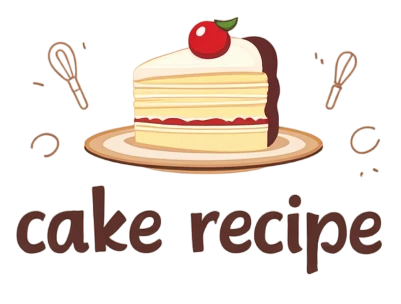Royal Icing & Piping Mastery: Elevate Your Cake Decorating Skills
Unlock the Secrets to Stunning Designs and Perfect Finishes with Expert Techniques and Tips
Master the art of royal icing and piping techniques to transform your cakes into edible masterpieces. Discover essential tips and tricks to create stunning decorations that will impress any cake lover!
1. Introduction to Royal Icing
Royal icing is a beautifully versatile icing made primarily from egg whites and powdered sugar. Renowned for its smooth texture, this icing allows for incredibly fine detailing, making it a favorite among both amateur bakers and professional decorators alike. Its ability to harden when dry means that intricate designs can be achieved with ease.
Historically, royal icing has played a significant role in baking traditions worldwide. From the intricate sugar decorations on European wedding cakes to the exquisite designs seen in Middle Eastern pastries, royal icing has made its mark as a staple in the world of confectionery art.
2. Ingredients and Equipment
To create the perfect royal icing, you will need the following ingredients:
- Egg whites (or meringue powder as a reliable substitute)
- Powdered sugar
- Optional flavorings such as vanilla or almond extract to enhance taste
In addition to ingredients, having the right equipment is crucial for successful piping. Essential piping tools include:
- Piping bags, which can be disposable or reusable
- A variety of piping tips for creating different designs
- Couplers to change piping tips without changing bags
- A spatula for mixing and spreading icing
3. Making Perfect Royal Icing
Creating the perfect royal icing is a straightforward process. Follow these steps:
- In a mixing bowl, combine the egg whites and powdered sugar.
- Mix on low speed until combined, then increase to medium speed until stiff peaks form—this is key for stability.
- Gradually add water to achieve the desired consistency; use thicker icing for piping and thinned icing for flooding.
Common issues you may encounter include runny icing (in which case, add more powdered sugar) or overly stiff icing (which can be remedied by adding a few drops of water). Troubleshooting is an essential skill in icing preparation!
4. Piping Techniques
Once your royal icing is prepared, it’s time to explore various piping techniques:
- Outlining: Create a clean border around your design to define shapes.
- Flooding: Fill in outlined areas with thinned icing, ensuring a smooth finish.
- Intricate designs: Layer your piping to create depth and dimension in your decorations.
For visual learners, check out video tutorials that provide step-by-step guides on these techniques!
5. Advanced Piping Styles
Once you feel comfortable with the basic piping techniques, step up your game with advanced styles such as:
- Lacework: Craft delicate, lace-like patterns that add elegance to any cake.
- Brush embroidery: Use a brush to create textured designs that pop.
- 3D piping: Add raised elements for a stunning three-dimensional effect.
Practice these advanced styles to incorporate them into your cake designs and impress your friends and family!
6. Design Inspiration
Looking for inspiration? Here are some decoration styles to spark your creativity:
- Elegant wedding cakes adorned with intricate lace and floral designs that capture the essence of romance.
- Whimsical birthday cakes featuring fun characters, bright colors, and playful designs that bring joy.
Don’t hesitate to experiment with colors, patterns, and textures to develop your unique decorating style!
7. Maintenance and Storage
Proper storage is crucial for maintaining the quality of your royal icing. Store any unused royal icing in an airtight container to prevent it from drying out. Completed decorations should also be kept in a cool, dry place away from humidity. Additionally, clean your piping tools thoroughly using warm water and mild soap to ensure they last for many decorating sessions to come.
8. Final Touches
Elevate your cake's appearance with some finishing touches:
- Edible glitter to add sparkle and glamour.
- Metallic paints for an elegant, sophisticated look.
- Fresh flowers for a natural touch that enhances beauty.
Create a cohesive theme throughout your cake designs by incorporating royal icing creatively!
9. Conclusion
Mastering royal icing and piping techniques opens up a world of possibilities for creating stunning cake designs that are sure to impress. Regular practice is essential, so keep experimenting and let your creativity flourish!
10. Call to Action
Stay connected and enhance your baking skills! Sign up for our newsletter for more tips, tricks, and exclusive tutorials on cake decorating. Join our vibrant online community to share your creations, receive feedback, and connect with fellow decorators who share your passion!
